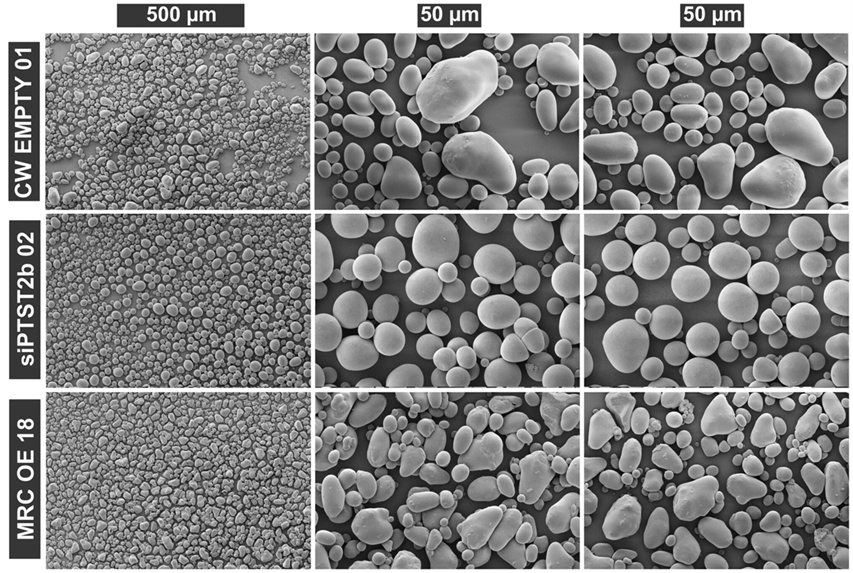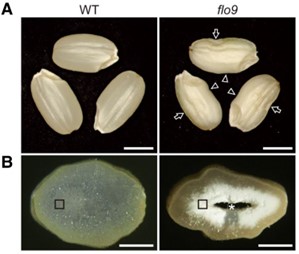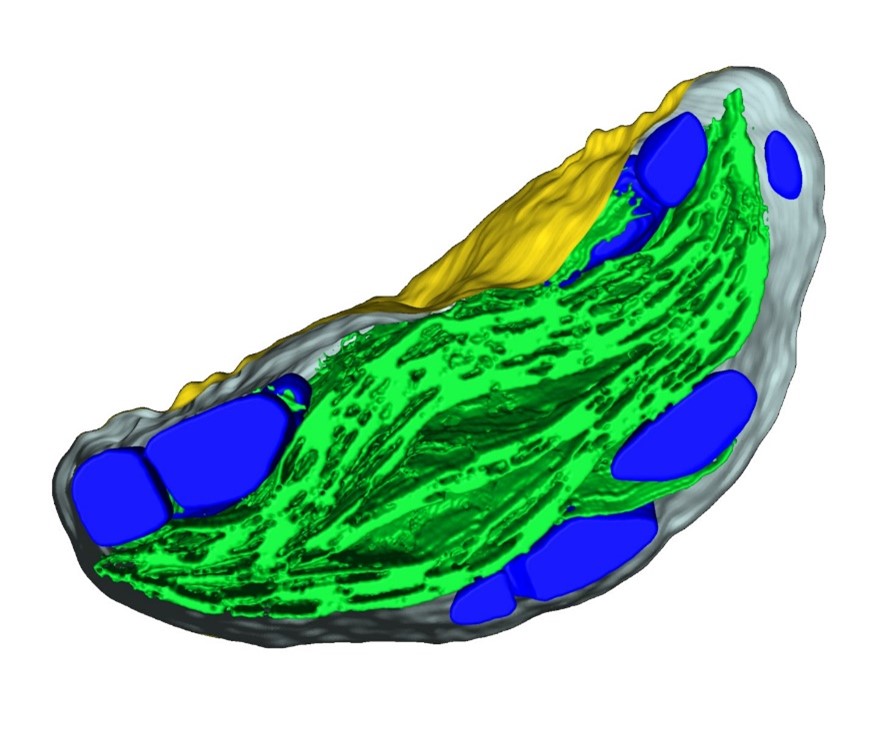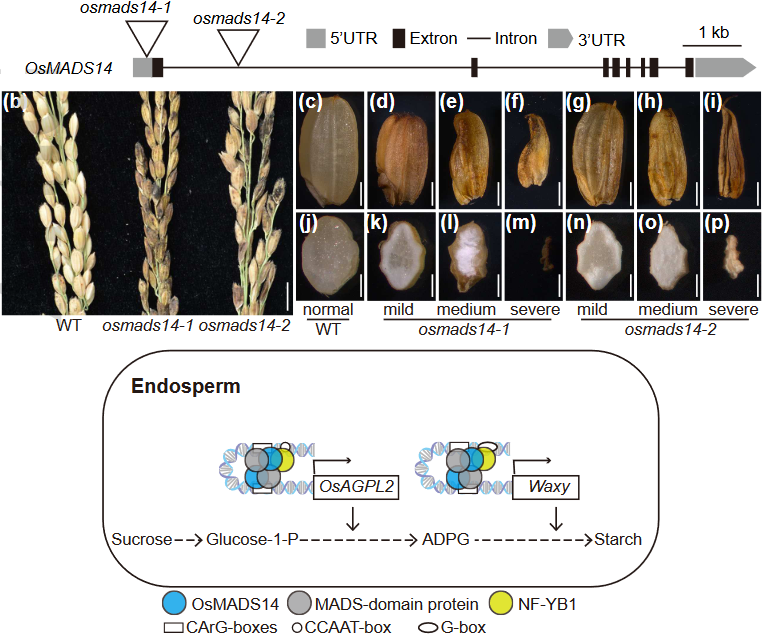
A fresh starch: Creating new starch granule morphologies in potato tuber
Plant Science Research WeeklyStarch is the major storage carbohydrate in plants and is organised into semicrystalline granules. The size, shape, and composition of these granules greatly affects how they are digested, and which industrial applications they are suitable for. Therefore, the enzymes controlling starch synthesis are…

Discovering and characterizing a protein involved in endosperm starch formation in rice
Plant Science Research WeeklyRice is a globally important crop, with most of its calorific component coming from starch. Despite its importance, we do not fully understand the mechanism of starch formation in the rice endosperm. To discover novel factors involved in this process, Yan et al. performed a forward genetics screen and…

Altering the location of starch granules by relocalizing a starch granule initiation protein
Plant Science Research WeeklyStarch granules are synthesized in leaf chloroplasts during the day and degraded at night to provide carbon. MFP1 (MAR-BINDING FILAMENT-LIKE PROTEIN 1) is known to have a role in starch granule initiation, but its mechanistic role has been unknown. Sharma et al. hypothesized MFP1’s thylakoid localization…

A novel starch granule size distribution in Arabidopsis thaliana is associated with differences in phosphorylation
Plant Science Research WeeklyDuring the day, starch is synthesized in the chloroplasts of leaves and stored as starch granules, before being degraded in the subsequent night. In Arabidopsis thaliana, starch granules are discoid in shape. Some mutants have round or elongated granules, yet all these mutants have a homogenous starch…

OsMADS14 and NF-YB1 cooperate in the direct activation of OsAGPL2 and Waxy during starch synthesis in rice endosperm (New Phytol.)
Plant Science Research WeeklyRice grain is mainly composed of starch, which provides the necessary energy and sugars for successful germination and seedling development. Since rice is the most widely consumed crop, studying the regulators that control starch synthesis is crucial to ensure food security for more than half the world‘s…

